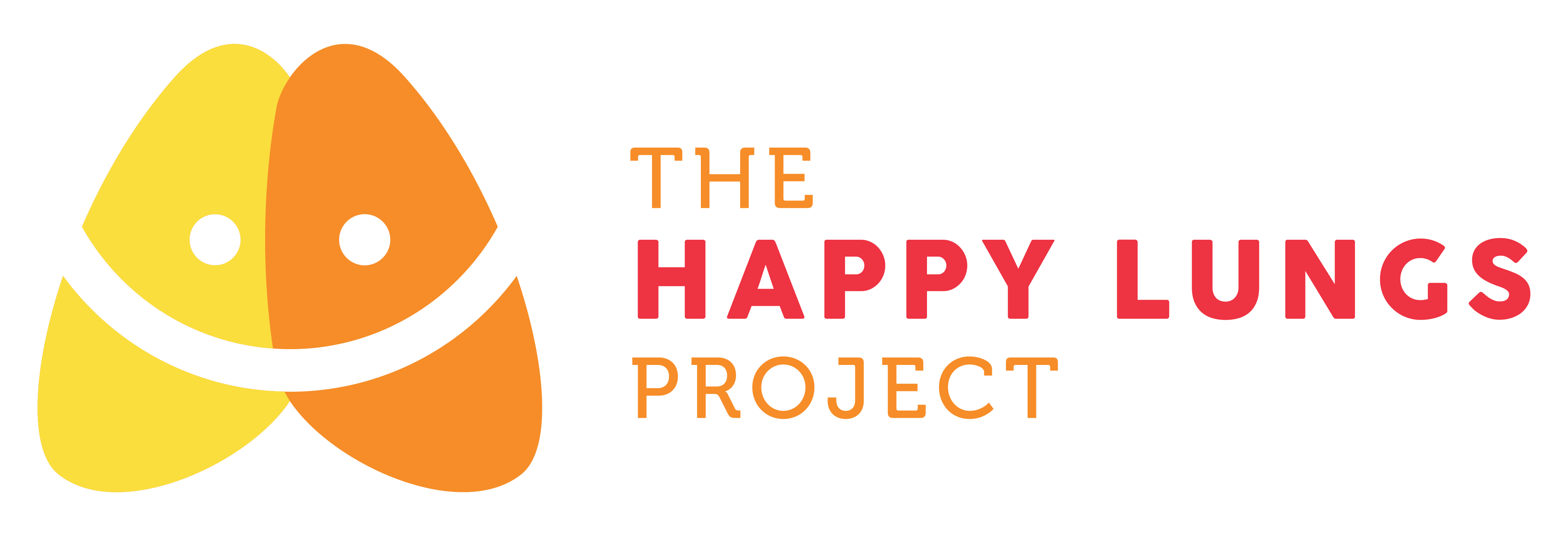Donating tumor tissue for research is a powerful way for patients to contribute to scientific progress and help others affected by RET-positive cancers.
Our ability to fully understand RET biology and drug resistance mechanisms continues to be hindered by the limited availability of well-characterized RET cancer cell models.
What are Cancer Cell Lines?
Cancer cell lines are cultures of cancer cells that can grow and divide indefinitely under controlled laboratory conditions. Cell lines are a cornerstone of cancer research, providing scientists with a reliable and reproducible way to study cancer cells in a controlled laboratory environment. They are essential tools in cancer research, allowing scientists to study tumor biology, test new therapies, and explore mechanisms of resistance.
These cell lines are typically derived from tumor samples collected from patients through biopsy or surgical resection. RET-positive cancer cell lines have most commonly been established from lung and thyroid cancers, where RET alterations occur more frequently.
Why Are RET Cancer Cell Lines Important for RET Research?
Compared to other oncogenic drivers such as EGFR, ALK, or KRAS, there are very few RET fusion-positive cancer cell lines available worldwide. The limited availability of these cell lines hampers the study of genetic alterations and their role in RET cancer research. While existing models like LC-2/ad and TPC-1 are widely used, they represent only a limited portion of the RET fusion spectrum and patient diversity. Understanding drug sensitivity in these models is crucial for developing effective therapies.
RET fusions can involve a variety of partner genes – KIF5B-RET and CCDC6-RET being the most common – but other fusion variants have been identified in patients. Unfortunately, many of these fusion types lack representative cell lines, making it difficult to study them in the lab or develop novel treatments that could improve patient outcomes.
Expanding the collection of RET fusion-positive cancer cell lines is critical for advancing research in areas such as:
- Understanding how resistance to RET inhibitors develops over time
- Identifying combination therapies that may improve long-term outcomes
- Investigating why some patients respond better to one RET inhibitor over another
- Developing next-generation RET inhibitors or potential immunotherapy strategies
Gene expression data is also essential for understanding the biology of RET cancers and developing targeted therapies. Tumor cell lines play a pivotal role in research, providing continuous models that facilitate advancements in understanding cancer mechanisms and drug development.
How a RET Cancer Patient Can Donate Tissue for Cell Line Generation?
Donating tumor tissue for research is a powerful way for patients to contribute to scientific progress and help others affected by RET-positive cancers. Human cancer cell lines derived from donated tissue are crucial for studying cancer biology and developing new treatments. Here’s how the process typically works:
1. Talk to Your Medical Team
- Ask your oncologist or surgeon if tissue from an upcoming biopsy or surgery can be used for research on human cancer cell lines, which are significant for studying cancer biology and treatment development. They can refer you to a research coordinator or a clinical trial team that works with tissue biobanks.
- Many academic medical centers, NCI-designated cancer centers, and research hospitals have tissue banks and active cell line development programs, including advancements in gene therapy. If your care center does not, you can still ask them to coordinate with other labs that do (e.g., Dana-Farber, MD Anderson Cancer Center, Memorial Sloan Kettering, etc.).
2. Consent Is Required
- You will be asked to sign a consent form allowing your tissue to be used for research, including the study of human cancer cell lines, which are significant for understanding cancer biology and developing treatments, and possibly shared with other institutions. This form will explain what will be done, how your privacy is protected, and your rights as a donor.
- Your sample is typically de-identified (your name and details are removed).
Feeling overwhelmed? If you’re interested in donating tissue for a cell line, The Happy Lungs Project is here to help – just reach out, and we’ll help facilitate the process.
What Happens After Donation?
Once the tumor tissue is removed, either via biopsy or surgery, any portion not needed for diagnosis or treatment may be sent to a research lab. There, scientists attempt to grow the cancer cells under specialized conditions to develop a patient-derived cell line. These human cancer cell lines are significant in cancer research as they provide insights into oncogenic mechanisms and therapeutic targets.
It’s important to note that not all samples successfully grow, and success rates vary based on factors such as:
- Tumor type
- Tissue quality and size
- Whether the patient has received prior treatment
- The time and method of processing the tissue
Typically, success rates range from 10% to 30%, though this can vary. If successful, the resulting cell line becomes a renewable resource for laboratory studies that could benefit many future patients. Recent advancements in gene therapy, particularly with CRISPR technology, have shown promise in creating targeted gene knockouts to identify therapeutic targets.
Donating tissue for a cancer cell line can directly benefit the donor, as researchers are able to study the donor’s specific tumor, leading to more personalized insights and potentially advancing treatments tailored to cancer type.
From Cancer Cell Lines to Mouse Models
Xenograft models are also important as they allow researchers to study the behavior and characteristics of cancer cell lines in vivo, facilitating the examination of tumor development and metastasis. Mouse xenograft models are essential tools in cancer research, allowing scientists to implant human cancer cells or tissues into immunocompromised mice to study tumor biology, progression, and response to therapies in a controlled, living system. Mouse xenograft models involve transplanting human cancer cells into immunocompromised mice (often nude or NSG mice) to avoid immune rejection. The cells can be injected subcutaneously (under the skin) — the most common method or orthotopically (into the original tumor site, like lung) — for more realistic modeling.
RET Cancer Patients Make It Possible
The Happy Lungs Project has recently been reaching out to the RET-Positive cancer community through social media and private Facebook groups to request tissue donations for the development of RET cancer cell lines. Thanks to the incredible generosity of RET cancer patients, four new RET human cancer cell lines are now in development in the lab.
These potential new models are incredibly valuable, as they will enable researchers to study RET-driven cancers more closely, test new drugs, and explore novel therapeutic strategies. This work is a critical step toward accelerating the discovery of more effective and personalized treatments for RET patients.
We are deeply grateful to the RET cancer patients whose generosity made this possible.
References
https://www.cancer.gov/publications/dictionaries/cancer-terms/def/cancer-cell-line
Schubert L, Le AT, Estrada-Bernal A, Doak AE, Yoo M, Ferrara SE, Goodspeed A, Kinose F, Rix U, Tan AC, Doebele RC. Novel Human-Derived RET Fusion NSCLC Cell Lines Have Heterogeneous Responses to RET Inhibitors and Differential Regulation of Downstream Signaling. Mol Pharmacol. 2021 Jun;99(6):435-447. doi: 10.1124/molpharm.120.000207. Epub 2021 Apr 1. PMID: 33795352; PMCID: PMC11033948.
Hayashi T, Odintsov I, Smith RS, Ishizawa K, Liu AJW, Delasos L, Kurzatkowski C, Tai H, Gladstone E, Vojnic M, Kohsaka S, Suzawa K, Liu Z, Kunte S, Mattar MS, Khodos I, Davare MA, Drilon A, Cheng E, Stanchina E, Ladanyi M, Somwar R. RET inhibition in novel patient-derived models of RET-fusion positive lung adenocarcinoma reveals a role for MYC upregulation. Dis Model Mech. 2020 Dec 14;14(2):dmm047779. doi: 10.1242/dmm.047779. Epub ahead of print. PMID: 33318047; PMCID: PMC7888717.
Richter M, Piwocka O, Musielak M, Piotrowski I, Suchorska WM, Trzeciak T. From Donor to the Lab: A Fascinating Journey of Primary Cell Lines. Front Cell Dev Biol. 2021 Jul 22;9:711381. doi: 10.3389/fcell.2021.711381. PMID: 34395440; PMCID: PMC8356673.


